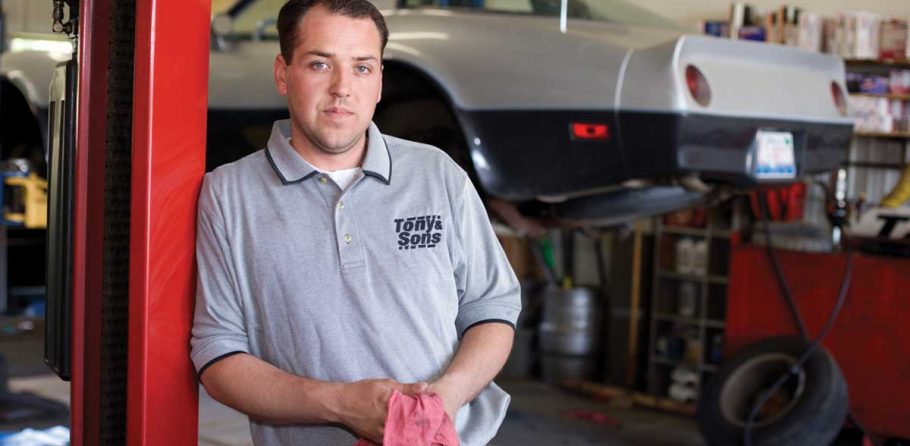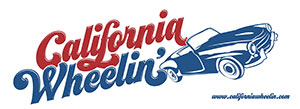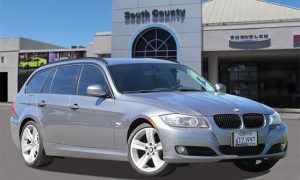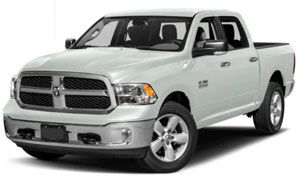A regular service schedule recommended

By BEK SABEDRA
ON THE ROAD with REGISTER-PAJARONIAN
Regular maintenance on cars can prevent larger problems from cropping up later, but according to one organization, a recent survey showed that 89 percent of vehicles were in need of at least one service or repair.
But most of the checks and services recommended can be done at little to no cost. According to the Department of Motor Vehicles’ website, there are some basic guidelines for car care people should know — starting with an oil change.
“One of the biggest myths in car maintenance is how often to change the oil,” it states. “For years, mechanics recommended oil changes every 3,000 miles. Thanks to modern engine technology, most auto manufacturers now recommend oil changes between 7,500 and 10,000 miles.”
According to carecare.org, 25 percent of cars surveyed had low or dirty engine oil.
Oil life monitors come standard in most newer vehicles and can help indicate the next oil change. Owner manuals also recommend intervals for oil changes specific for that car. But beyond oil changes, the DMV suggests checking the oil level regularly, paying attention to the level and how dirty it looks.
Driving in heavy traffic, or putting a significant amount of miles on the vehicle each year can take a toll on the brakes. Some specific signs indicating they need to be checked include:
• High-pitched squealing when braking or stopping.
• Steering wheel vibration when slowing or stopping.
• Metal on metal grinding sounds.
• Slower stopping time or more effort on the brake pedal.
• Pulling to one side when braking or stopping.
• A foul smell when applying the brakes.
With tires, the importance lies in preventing dangerous driving situations, but early maintenance can also save drivers money, according to the DMV. It is recommended that drivers check their tire pressure at least once a month. Guidelines can be found at dmv.org/how-to-guides/check-tire-pressure.
The tread on tires, if too worn, can result in cars slipping and the DMV recommends replacing tires when tread indicators are worn to 2/32 of an inch. In addition, it is also recommended that tires be rotated per the interval suggested in the owner’s manual or if the driver notices signs of wear.
When getting an oil change or replacing tires, balancing and aligning tires “helps keep them from wearing out early. Proper alignment will prevent your vehicle from pulling to one side,” according to the DMV.
Beyond oil changes and tires, other replaceable parts offer drivers ways of saving money if they take the steps to check them on their own.
The DMV suggests paying attention to the air filter and recommends checking it during regular oil changes. Another commonly neglected service, carcare.org reported that 18 percent of cars surveyed had dirty air filters and the DMV suggests that “if you drive in a lot of traffic, live in a windy or dusty area, or travel through a lot of construction” to check the air filter more often.
Hoses and belts should also be inspected and they can wear out with drastic weather changes or high mileage.
The last recommendation is to replace wiper blades. Sixteen percent of cars surveyed needed new windshield wipers and 27 percent had low or contaminated washer fluid. The DMV suggests replacing blades in the fall and spring, and more often if driving in drastic weather conditions.
The DMV guidelines can be found at dmv.org/how-to-guides/basic-car-care.php.











